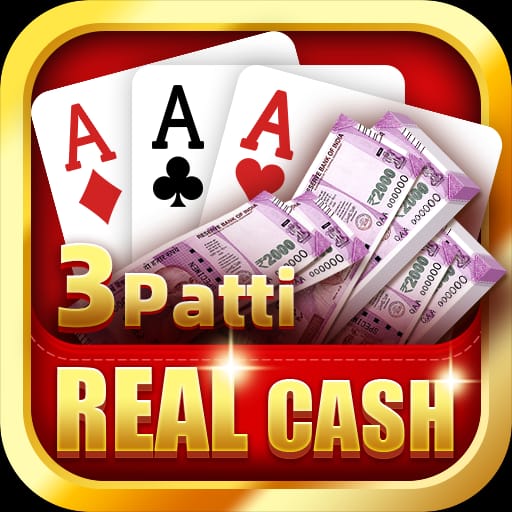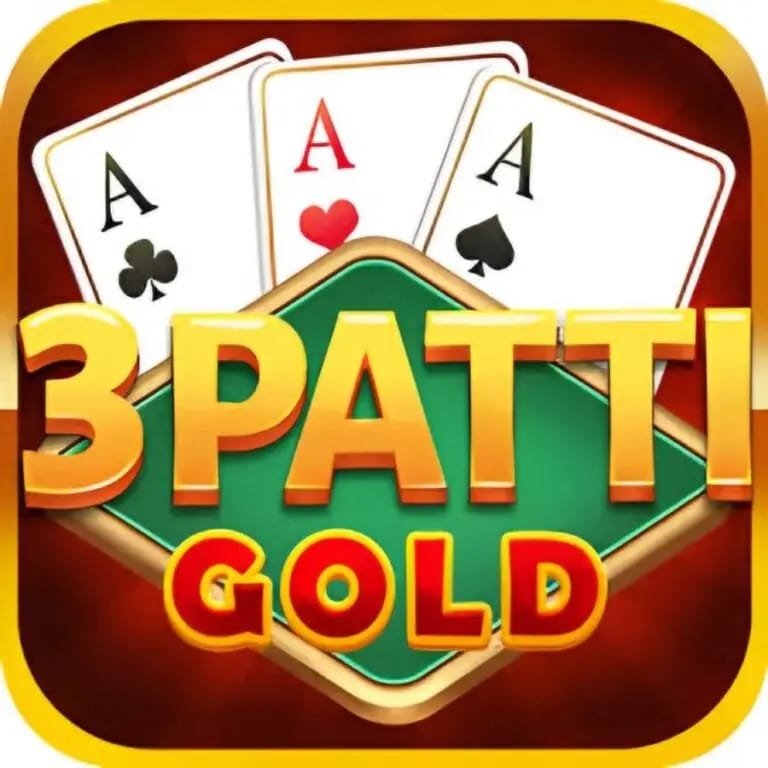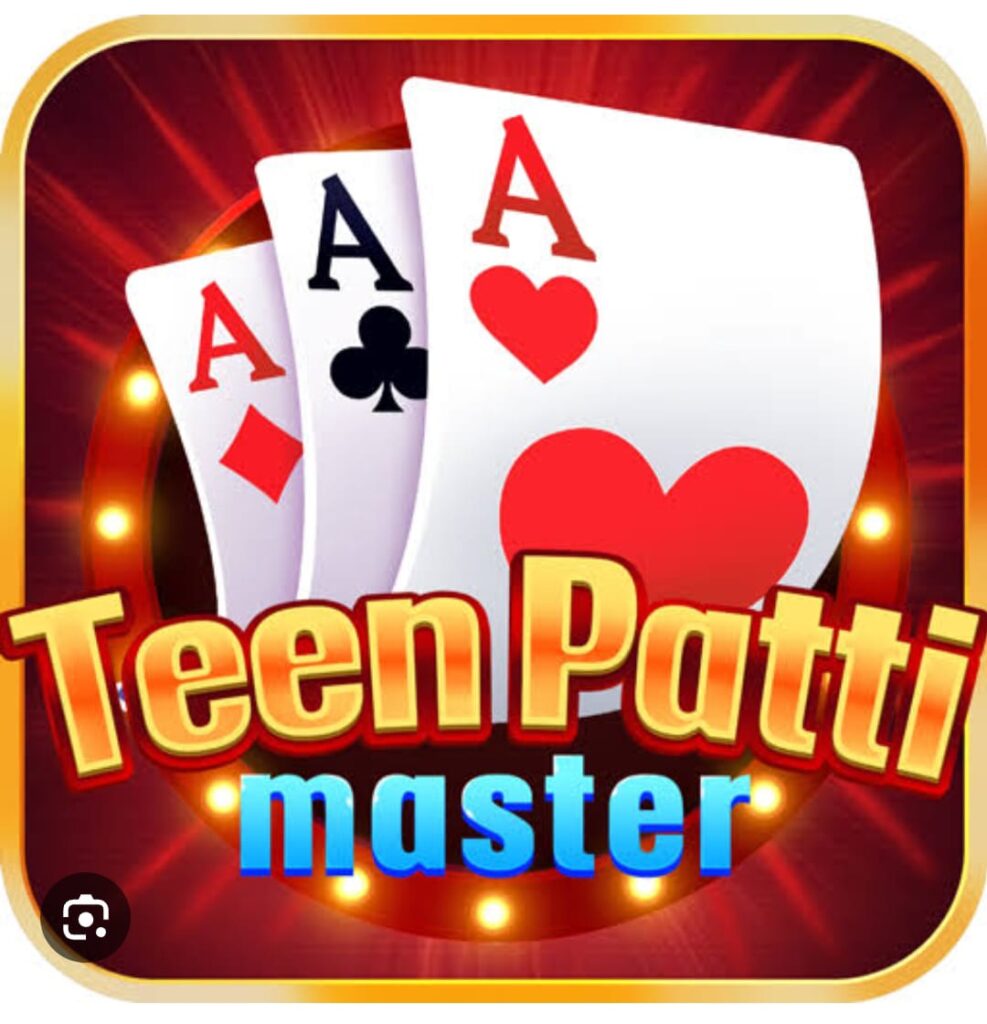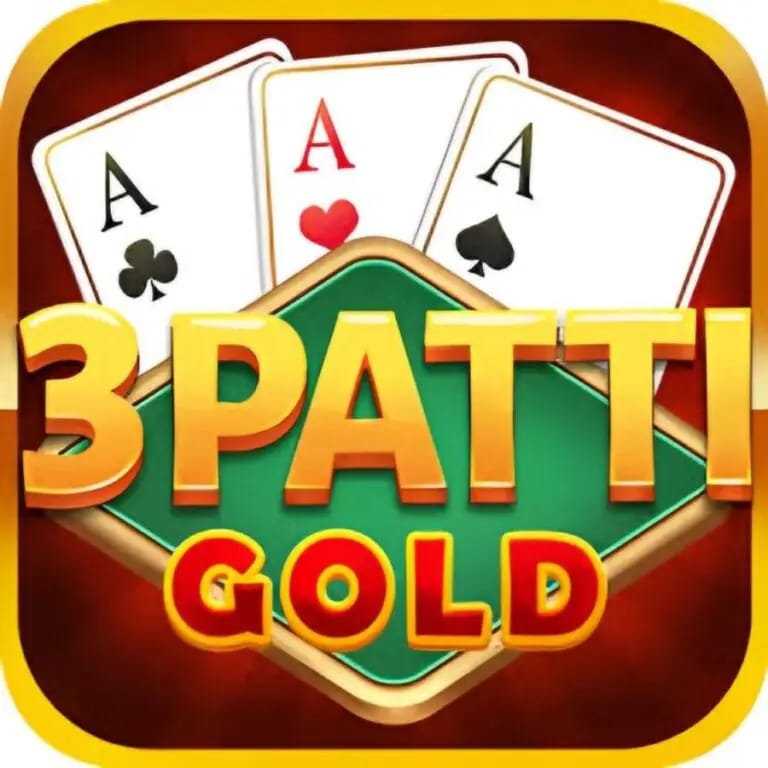“Teen Patti” is a popular card game, also known as Indian Poker, often played in a social setting or at casinos. The game is similar to poker, but with some differences in rules and strategies. Here’s a breakdown of “Teen Patti” content, including game rules, strategies, and tips to help you master the game.
Teen Patti Basics:
1. The Setup:
- Teen Patti is played with a standard deck of 52 cards.
- It is typically played by 3 to 6 players.
- The goal is to have the best three-card hand and win the pot, which is made up of bets from each player.
2. Hand Rankings: From highest to lowest, the rankings of hands in Teen Patti are:
- Trail (Set) – Three cards of the same rank (e.g., 7♥ 7♠ 7♦).
- Pure Sequence (Straight Flush) – Three consecutive cards of the same suit (e.g., 4♣ 5♣ 6♣).
- Sequence (Straight) – Three consecutive cards of any suit (e.g., 5♠ 6♣ 7♥).
- Color (Flush) – Three cards of the same suit, but not in sequence (e.g., 2♣ 7♣ K♣).
- Pair – Two cards of the same rank (e.g., 9♠ 9♦).
- High Card – If none of the above combinations are achieved, the highest single card wins.
3. The Deal:
- Each player is dealt three face-down cards.
- The game starts with a forced bet called the “Ante,” which all players must contribute to the pot.
- Players then take turns to either Play, Fold, or Raise their bets. The game continues in rounds until one player wins.
4. The Betting Rounds:
- Blind: Players can bet without seeing their cards, meaning they bet based on a pre-decided amount.
- Seen: Players can look at their cards before betting.
- Show: At the end of the betting rounds, players may choose to show their cards, and the one with the best hand wins.
Teen Patti Strategies to Master the Game:
Know When to Fold:
- Don’t hesitate to fold if you have a weak hand, especially in the early stages. If you’re not confident in your hand, save your chips for a stronger opportunity.
Bluffing:
- Bluffing is an important part of Teen Patti. Try to mislead your opponents into thinking you have a stronger hand than you actually do. However, don’t overdo it, as opponents might catch on.
Observe Your Opponents:
- Pay attention to the betting patterns of other players. Are they being aggressive? Are they raising a lot? It can give you clues about their hand strength.
Play Conservatively in the Beginning:
- In the early rounds, it’s best to play conservatively and assess the situation. Avoid high-risk plays unless you have a strong hand.
Position Matters:
- Players who act later in a round have the advantage of seeing how others bet before making their decision. Use this to your advantage.
Understanding Pot Odds:
- Pot odds are a critical concept in Teen Patti. The idea is to understand the relationship between the current bet and the size of the pot. If the pot is large, even a modest hand may be worth calling.
Aggressive Betting:
- If you have a strong hand, play aggressively. Raise the stakes to make the pot larger and force your opponents to make difficult decisions.
Manage Your Bankroll:
- Be mindful of your chips. Don’t get caught up in the excitement. Set limits and stick to them.
Advanced Tips for Mastery:
Semi-Bluffing:
- This is when you bet or raise with a hand that isn’t currently strong but has the potential to improve. For example, you have a flush draw or a straight draw.
Reading the Table:
- Learn to recognize when players are likely bluffing based on their betting habits and body language. Players who are less experienced will often give clues about their cards.
Change Your Style:
- If you always play a conservative or aggressive style, your opponents will figure it out. Mix up your playstyle to keep them guessing.
Know When to Go All-In:
- Going all-in is a huge decision. Only do so when you’re very confident in your hand, or when you feel you can successfully bluff your opponents.
Using Position Wisely:
- Players acting last have more information on other players’ actions. Use this information to your advantage, especially when deciding to raise or fold.
Psychology in Teen Patti:
Confidence Is Key:
- Whether you have a good hand or a bad hand, playing confidently can make a difference. Players tend to fold if they think you have a strong hand based on your behavior.
Pressure Your Opponents:
- Use betting patterns to create pressure on other players. If they are unsure of your hand, they may make mistakes.
Manage Tilt:
- Tilt is when you get upset after losing a hand, and it can lead to poor decision-making. Stay calm, and don’t let emotions take over your gameplay.
Conclusion:
Teen Patti is a game of skill, psychology, and strategy. By understanding the rules, practicing solid strategies, and honing your ability to read your opponents, you can increase your chances of mastering the game. Enjoy the thrill of Teen Patti while keeping a strategic mindset to outsmart your opponents!











